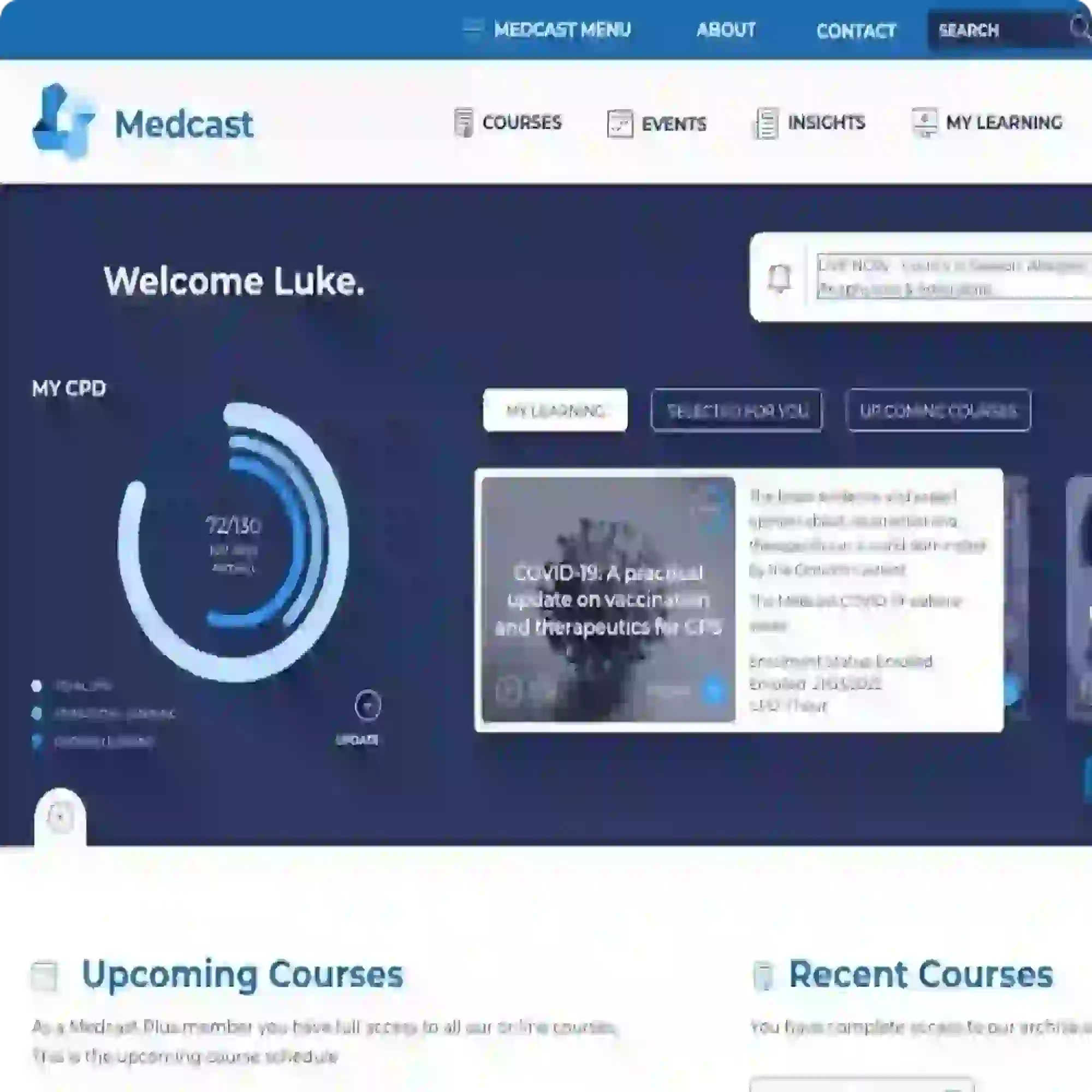MBS item 23 - clinical fact sheet and MCQ
This fact sheet addresses frequently asked questions and compliance considerations to help GPs ensure accurate billing of Medicare Benefits Schedule (MBS) item 23 (a Level B consultation). This is one of the most commonly used item numbers in general practice and is a key item number that features in Medicare compliance issues, with numerous cases involving practitioners repaying inappropriate claims.[1]
Item 23 applies to a professional attendance by a general practitioner for a standard consultation lasting more than 6 minutes but usually less than 20 minutes.
From MBS Schedule: Professional attendance by a general practitioner at consulting rooms (other than a service to which another item in this Schedule applies), lasting at least 6 minutes and less than 20 minutes and including any of the following that are clinically relevant:
Lorem ipsum dolor sit amet, consectetur adipiscing elit. Maecenas eu odio in nibh placerat tempor ac vel mauris. Nunc efficitur sapien at nisl semper dapibus. Nullam tempor eros sed dui aliquam lacinia. Nunc feugiat facilisis ex.
Vestibulum ante ipsum primis in faucibus orci luctus et ultrices posuere cubilia curae; Maecenas mauris nibh, tempus sit amet erat vel, pellentesque maximus ipsum. Suspendisse dui nunc, porta ac ultricies id, sodales eu ante.

Stephen is a GP Supervisor, Medical Educator, GP academic and Medical Director of Medcast. He has completed a PhD on Virtual Communities of Practice in GP Training.
Become a member and get unlimited access to 100s of hours of premium education.
Learn moreCo-billing and split billing are often a source of confusion for many GPs. This FastTrack clearly defines these two methods of billing, including examples, explanations of when it is and isn’t appropriate to co- or split bill, and common compliance pitfalls. 30 mins each RP and EA available with the quiz.
The Coordinated Veterans’ Care (CVC) Program is a DVA initiative that allows GPs to provide structured, proactive care in the community for eligible veterans and war widows. This FastTrack provides a guide to billing the CVC program, and outlines a strategy for its practice-wide integration.
Achilles tendinopathy is a common cause of posterior heel pain and functional impairment. GPs are well-placed to coordinate care for these patients. This FastTrack fact sheet provides a concise summary of diagnosis and non-surgical management, including when to refer. Earn 30mins each RP and EA CPD with the quiz.

